Concrete Sleepers vs Retaining Wall Blocks
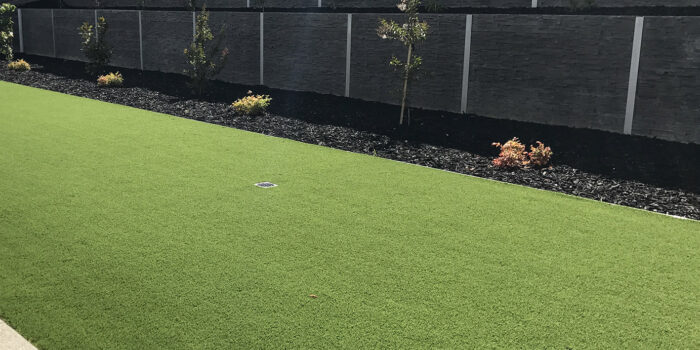
What is best when it comes to Concrete sleepers vs retaining wall blocks? There are so many options these days when deciding what products to use for your retaining wall and garden wall projects. So how do you choose which to go with? There are many factors to consider for each as some products may be better suited than others. Here we step through the various benefits you get with each option, to help you determine which product to use.
Advantages of Concrete Sleepers / Cement Sleepers
- Generally laid on a boundary wall for ease of installation
- Used as an alternative for tight spaces
- Streamline and strong
Disadvantages of Concrete Sleepers / Cement Sleepers
- Limited colour ranges and finishes
- Colours fade quickly
- Not aesthetically pleasing
- Not a DIY friendly product as they are difficult to manoeuvre, extremely heavy and can be dangerous to handle
- Limited to straight lines
- Restricted to mainly trade installations which are labour intensive and costly compared to DIY
- Overall walling costs are increased by steel posts and concrete footings
- Additional sleepers and posts are not stocked by its distributors making supply difficult or expensive on small projects
- Construction of steps is costly and impractical
- Cutting is difficult

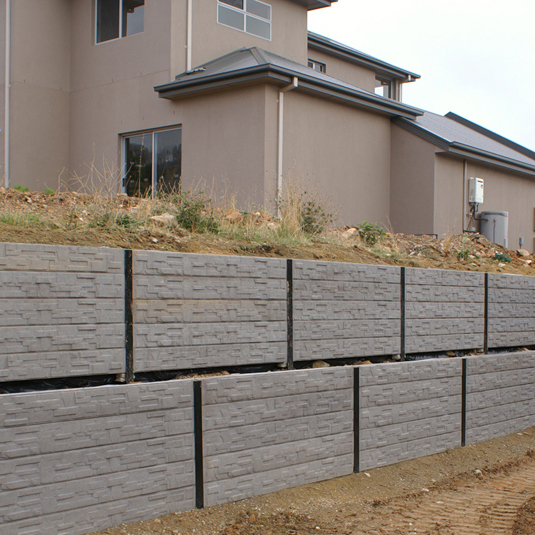

Advantages of Retaining Wall Blocks / Segmental Blocks
- Come in a huge range of colours, sizes, textures and finishes
- Easier to handle being individual blocks
- DIY friendly – easy to construct
- You can build it in your own time
- You can also create near vertical walls, terraced walls, curved walls, various heights and lengths
- Easy to make adjustments or changes to your project at any time
- Create steps easily
- Matching range of caps from bullnose to split face
- There is a block to suit any retaining wall project
- Easy to handle
- Can be used for multi-purpose projects (including seating)
Disadvantages of Retaining Wall Blocks / Segmental Blocks
- Slightly slower to construct
- Selecting the right block needs professional advice
- Different methods of construction dependant on type of block
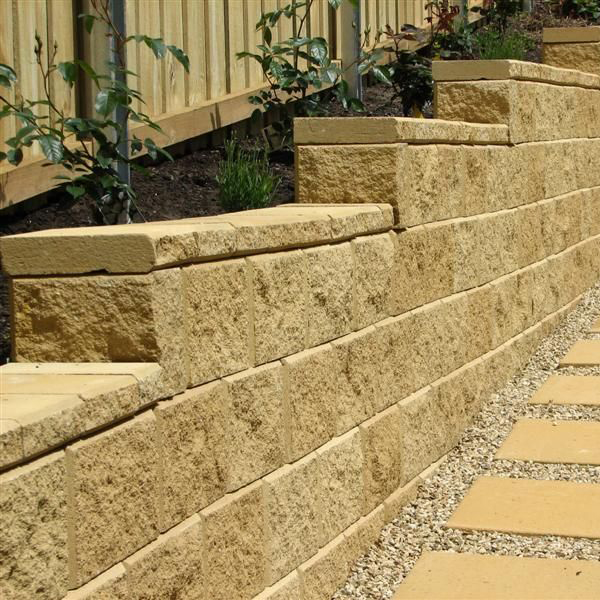
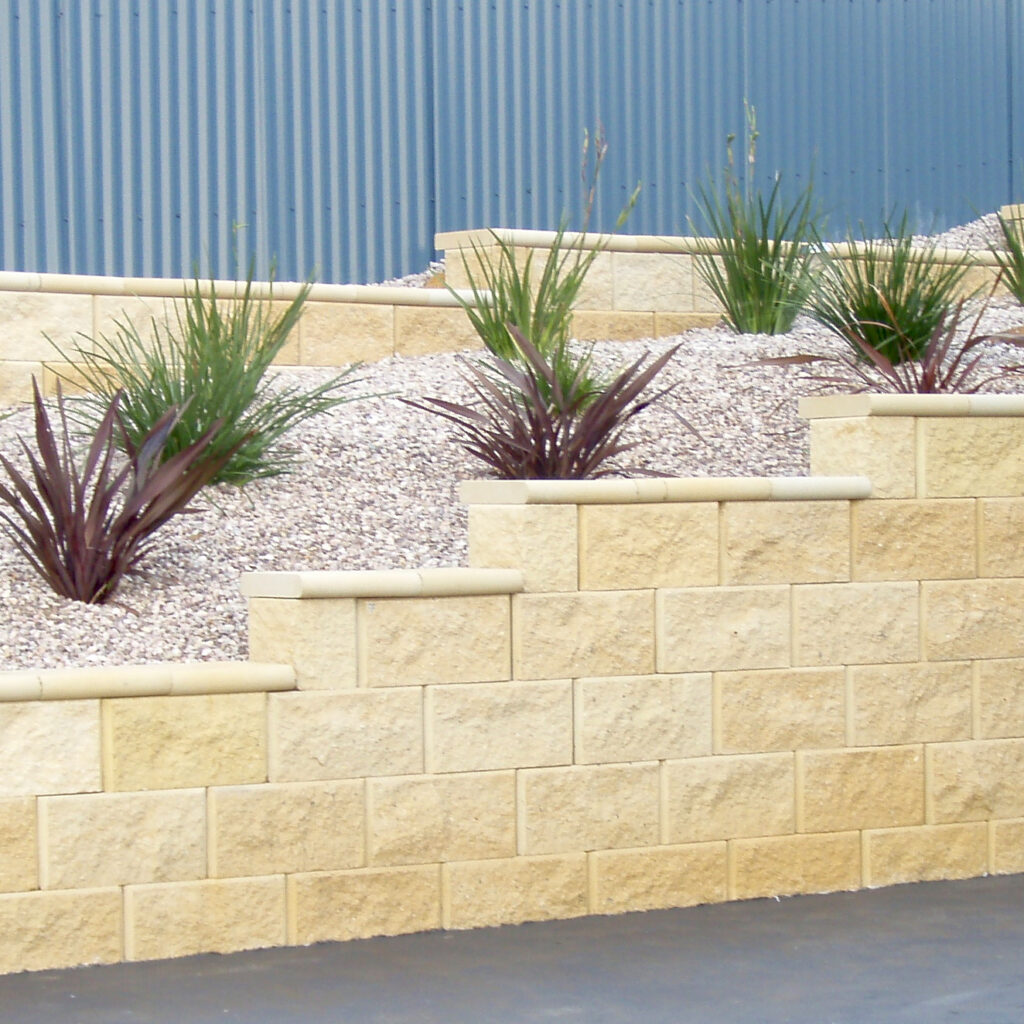
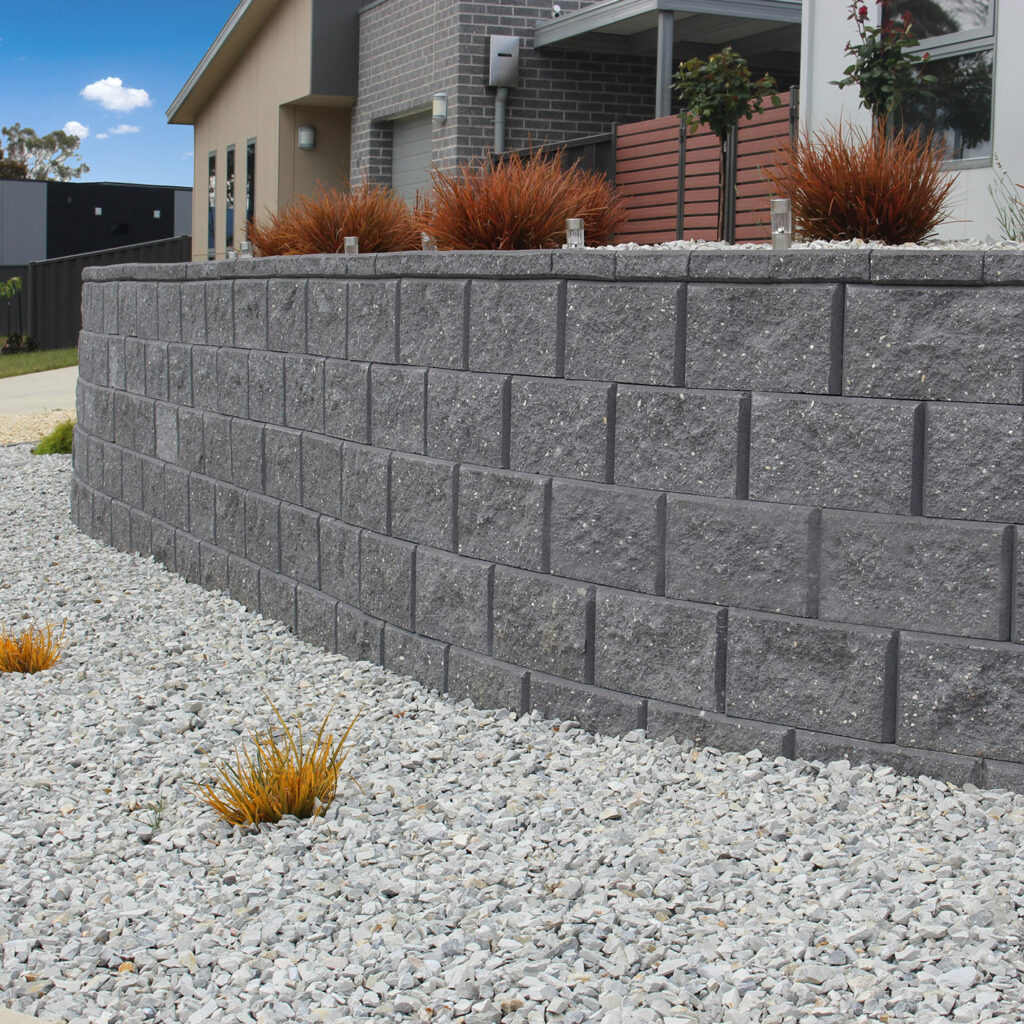
Handling and installation
You need to consider how you intend to handle and install concrete sleepers as they tend to be around 2 metres or more and can weigh as much as a person. Concrete sleepers and cement sleepers require multiple people to handle and install them because they are difficult and heavy to manoeuvre.
Retaining wall blocks are much easier to use, only requires one person to handle and install which makes the job easier.
Care and maintenance
Both concrete sleepers and retaining wall blocks are relatively easy to care for and maintain. If your retaining wall becomes a little dirty, you can use a domestic high-pressure cleaner. You can also seal your retaining wall blocks by applying your sealer with a garden sprayer. Sealing your retaining wall will further help to keep them looking great.
Cleaning and sealing can restore your segmental blocks to almost new condition, even decades later.


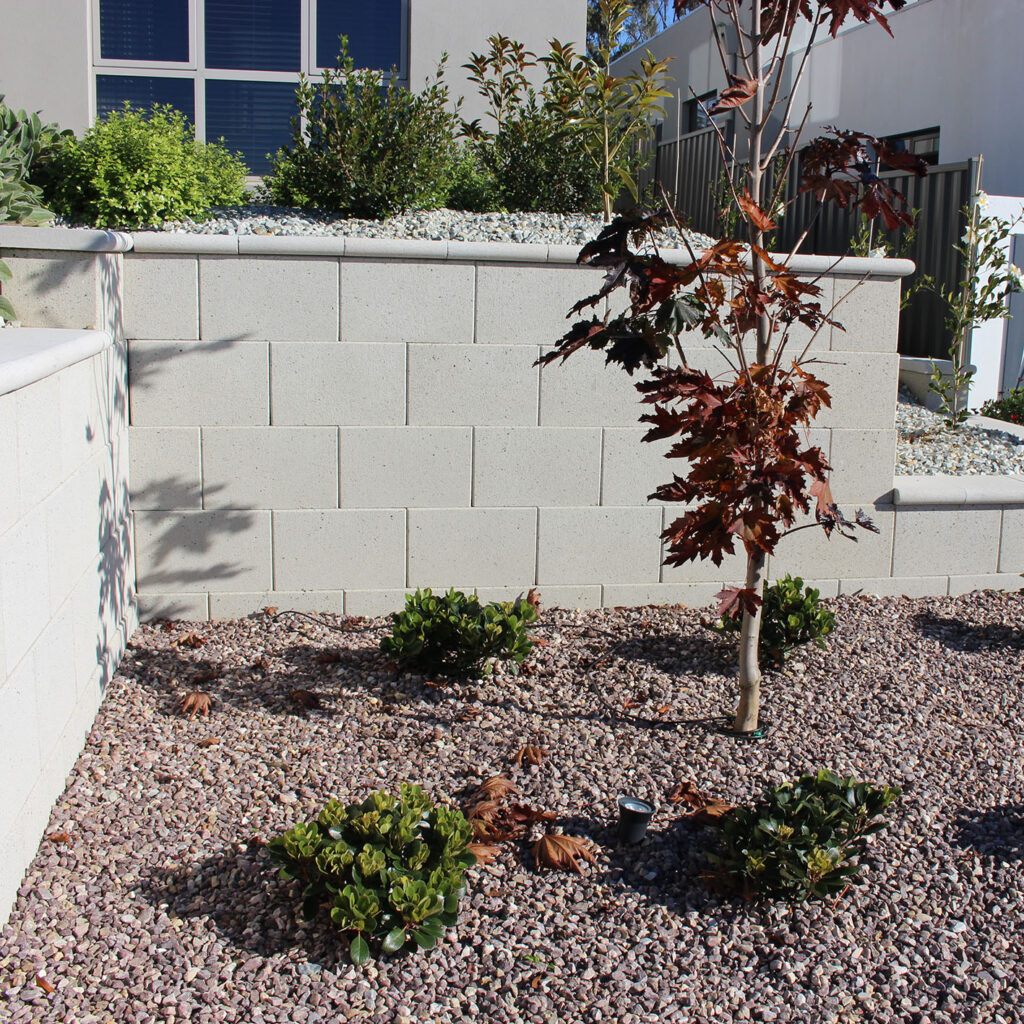
Cost Comparison
Below is an example of a cost comparison for the total costs for a segmental block retaining wall and total costs for a concrete sleeper retaining wall, both which include all materials.
For this exercise our retaining wall is 1 metre in height and 10 metres in length the prices stated are retail prices including GST.
| MATERIALS | QUANTITY | PRICE | TOTAL |
|---|---|---|---|
| APC Textured Block: | |||
| Blocks | 128 | $12.40 | $1,650.00 |
| Caps | 50 | $3.70 | $185.00 |
| Aggregate | 5.5ton | $100.00/ton | $650.00 |
| Ag drain | 10m | $5.00/m | $50.00 |
| Base material | 1.5ton | $75/ton | $120.00 |
| Misc materials | 1 | $250.00 | $250.00 |
| TOTAL | $2,905.00 |
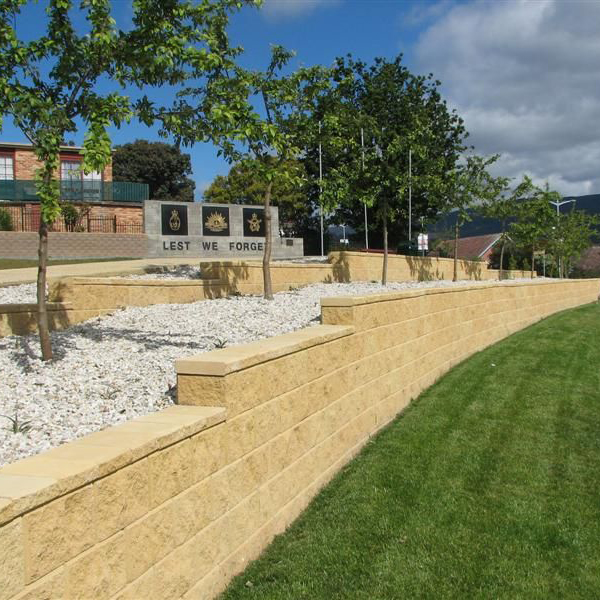
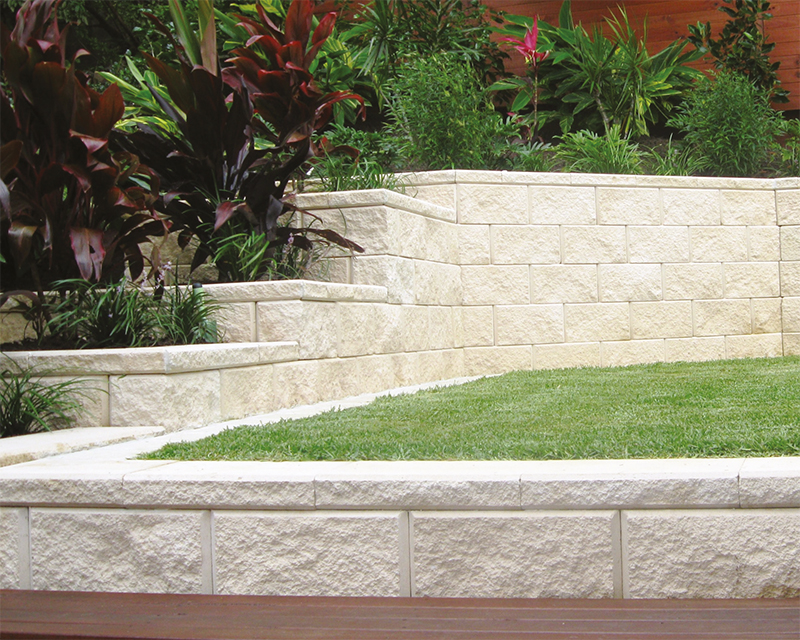
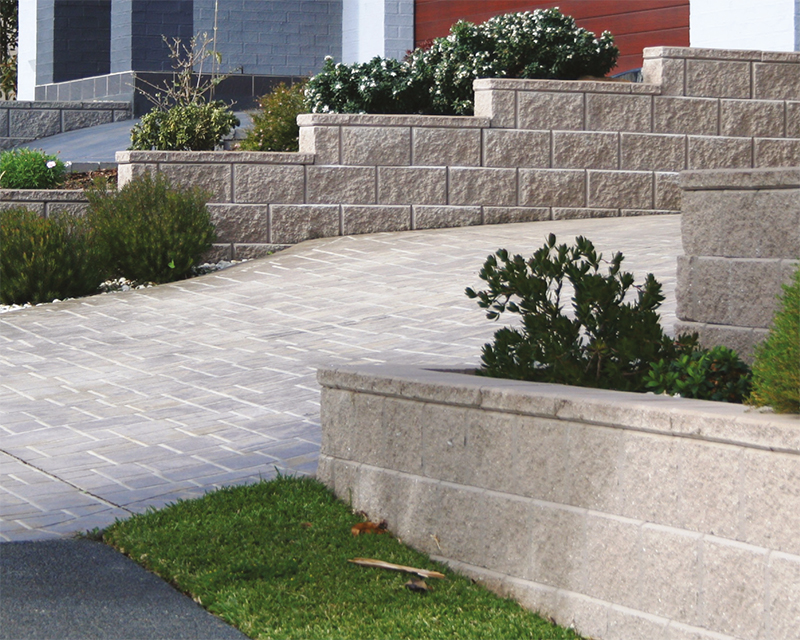
| MATERIALS | QUANTITY | PRICE | TOTAL |
|---|---|---|---|
| Concrete Sleepers (Industrial 200 x 200 x 80) | |||
| Sleepers (plain) | 25 | $37.00 | $1,095.00 |
| Steel (150UB) | 12m | $115.00/lm | $690.00 |
| Concrete | 1.5m2 | $350.00/m2 | $750.00 |
| Labour hire | 10m2 | $500m2 | $5,000.00 |
| Aggregate | 4ton | $125.00/ton | $500.00 |
| Ag drain | 10m | $5.00/m | $50.00 |
| Misc materials | 1 | $250.00 | $250.00 |
| TOTAL | $8,335.00 | ||
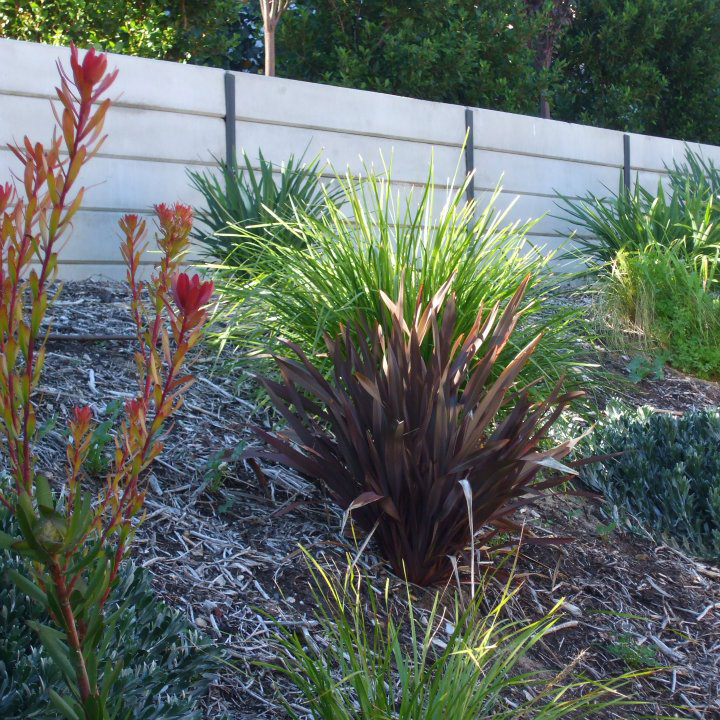

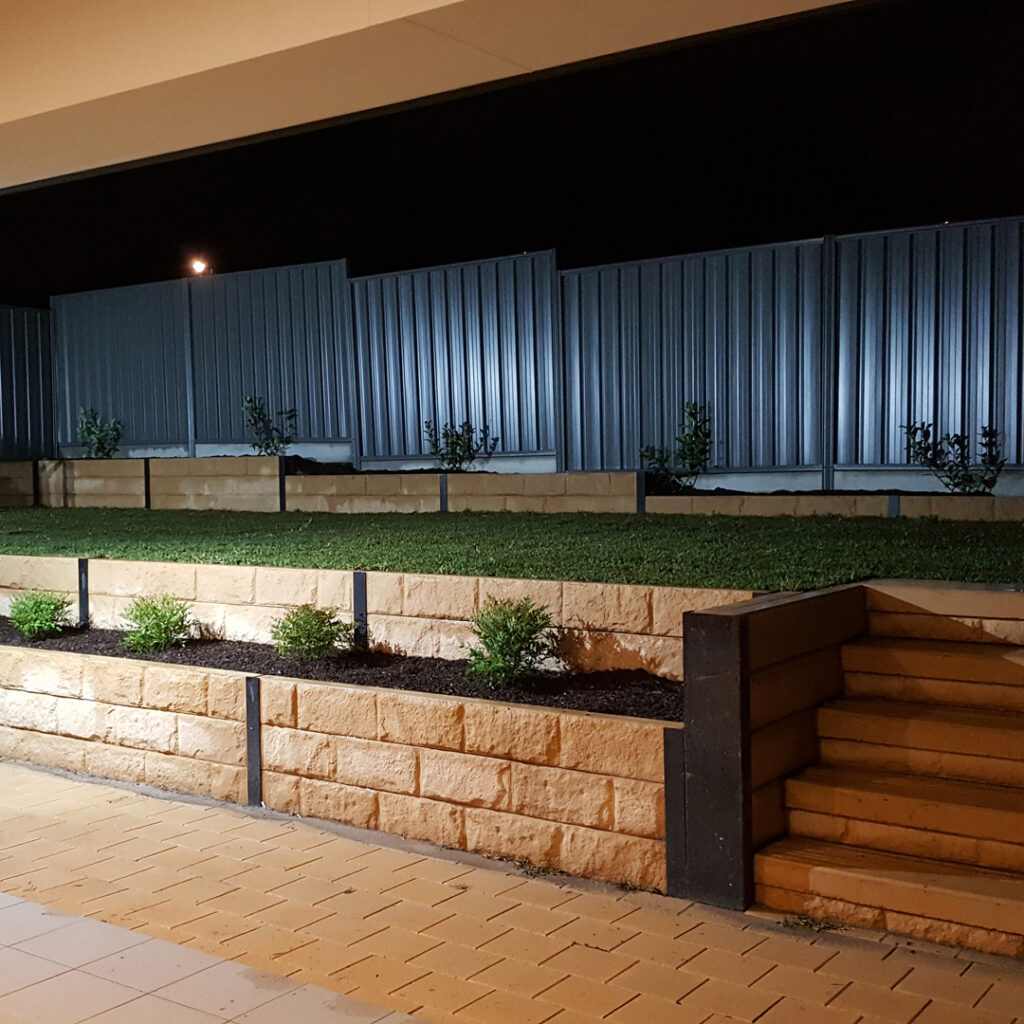
If you’re still undecided on what product is best for your project and what is the best solution when it comes to Concrete sleepers vs retaining wall blocks, visit us at APC and our friendly and expert staff can talk through the best options. You can also view our complete range of retaining wall products here and request a quote online here.
Visit us at APC to pick up a free sample!
Or, send us a product enquiry or request a quote online
Limited colour ranges and finishes
Colours fade quickly
Not aesthetically pleasing
Not a DIY friendly product as they are difficult to manoeuvre, extremely heavy and can be dangerous to handle
Limited to straight lines
Restricted to mainly trade installations which are labour intensive and costly compared to DIY
Overall walling costs are increased by steel posts and concrete footings
Additional sleepers and posts are not stocked by its distributors making supply difficult or expensive on small projects
Construction of steps is costly and impractical
Cutting is difficult
Concrete blocks are the best material for retaining walls. Unlike timber sleepers, concrete blocks won’t rot or warp over time and are incredibly strong. Concrete blocks are also very versatile, great for DIY as they are easier to handle, quick to install and come in a range of sizes, colours and finishes. You can view our range of retaining wall blocks here.
Retaining wall blocks are generally cheaper than concrete sleepers. Retaining wall blocks are easier to handle, quicker to install and can be a DIY project. View our economical Textured Easy Lock blocks here.
Poor drainage. If too much water is absorbed into the soil behind the retaining wall, the pressure will cause the wall to bow, crack or fall. Wet soil is much heavier than dry soil and puts added pressure on the retaining wall and cause it to crumble if it is not designed to handle the increased weight.